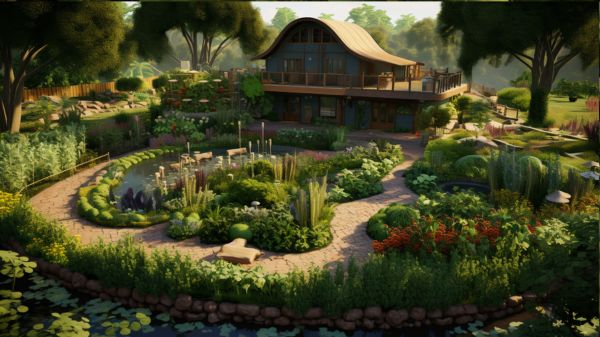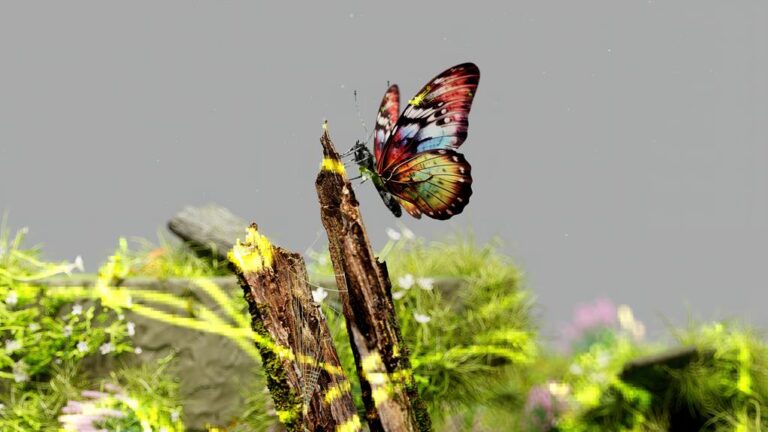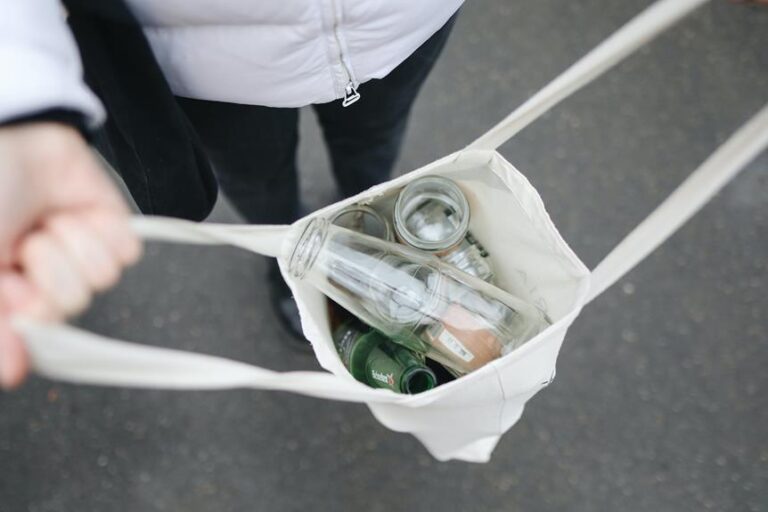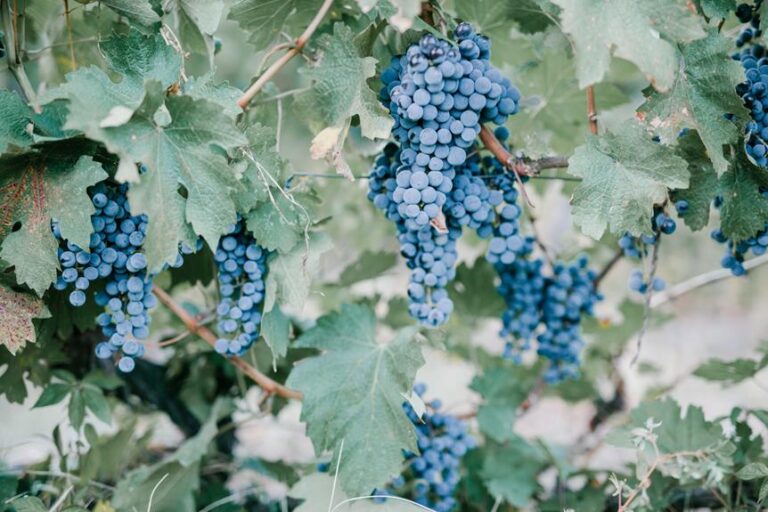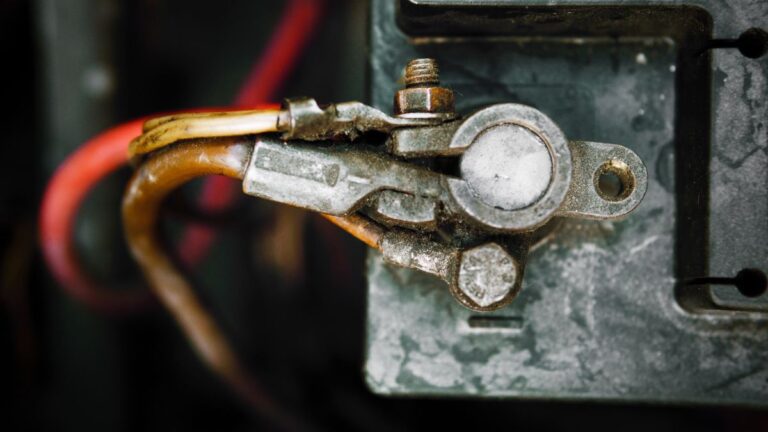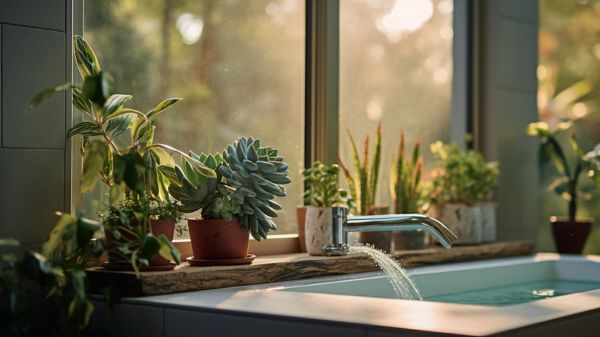Permaculture Techniques: Secrets To Achieving Sustainable Living
We’ve all heard about the importance of sustainable living, but how can we actually achieve it? Well, let me tell you, there are some incredible permaculture techniques that can make a world of difference.
From soil conservation and regeneration to water harvesting and companion planting, these practices are designed to create a harmonious and self-sustaining ecosystem.
By integrating renewable energy and using integrated pest management, we can truly make a positive impact on our environment.
So, let’s dive in and discover the secrets of sustainable living through permaculture.
Soil Conservation and Regeneration
One of the key permaculture techniques that promotes sustainable living is implementing effective soil conservation and regeneration practices. Soil erosion can be a major issue, leading to loss of topsoil and decreased fertility.
To combat this, permaculturists use various erosion control methods such as contour plowing, terracing, and mulching. These techniques help to slow down the flow of water and prevent soil from washing away.
Another important practice is cover cropping, which involves planting cover crops like legumes and grasses to protect the soil from erosion, improve its structure, and add nutrients. Cover crops also help to suppress weeds and provide habitat for beneficial insects.
Water Harvesting and Conservation
Implementing water harvesting and conservation techniques is crucial for promoting sustainable living. By utilizing methods such as rainwater collection and greywater recycling, we can make the most of our water resources while minimizing waste.
Rainwater collection involves capturing rainfall from roofs, gutters, and other surfaces and storing it for later use. This water can be used for activities such as irrigation, reducing the need for freshwater sources.
Additionally, greywater recycling involves reusing water from sources like sinks, showers, and laundry machines for tasks like flushing toilets or watering plants. This practice helps conserve water by giving it a second life before it’s ultimately discarded.
Companion Planting and Polyculture
To promote sustainable living, we can enhance biodiversity and optimize resource efficiency through the practice of companion planting and polyculture.
Companion planting involves growing different plants together that benefit each other, such as planting marigolds with tomatoes to repel pests. This technique not only helps control pests naturally but also improves soil fertility and attracts beneficial insects.
Polyculture, on the other hand, is the practice of growing multiple crops together in a harmonious manner. It mimics natural ecosystems and increases resilience to pests and diseases. Intercropping benefits include reduced soil erosion, efficient use of space, and increased yield.
Agroforestry methods, which combine trees with crops, provide shade, wind protection, and additional sources of income.
Integrated Pest Management
In our quest for sustainable living, we can effectively manage pests by employing integrated pest management techniques. This approach focuses on minimizing the use of synthetic pesticides and instead relies on natural methods to control pests.
Here are two key strategies within integrated pest management:
Encouraging natural predators:
By creating habitats that attract beneficial insects, birds, and other animals, we can promote a natural balance in the ecosystem. Ladybugs, lacewings, and spiders are examples of predators that feed on pests like aphids and mites, keeping their populations in check.
Using organic pesticides:
Organic pesticides derived from natural sources, such as neem oil and pyrethrum, can be used to control pests without harming beneficial organisms. These alternatives are less toxic to humans and the environment, making them a safer option for pest management.
Renewable Energy Integration
As we continue our exploration of permaculture techniques that promote sustainable living, it’s important to consistently integrate renewable energy into our systems.
By implementing solar power and installing wind turbines, we can harness the power of nature to meet our energy needs while minimizing our impact on the environment.
Solar power implementation involves using photovoltaic panels to convert sunlight into electricity, providing a clean and renewable source of energy.
Wind turbine installation allows us to capture the power of the wind and convert it into electricity.
Both of these methods offer sustainable alternatives to traditional energy sources, reducing our reliance on fossil fuels and mitigating climate change.
Conclusion
Implementing permaculture techniques such as soil conservation, water harvesting, companion planting, integrated pest management, and renewable energy integration, we can create a sustainable way of living that benefits both the environment and ourselves.
These methods not only help regenerate and protect our precious natural resources but also promote harmony and balance in our ecosystems.
By embracing these practices, we can pave the way for a brighter, greener future that will leave a positive legacy for generations to come.
